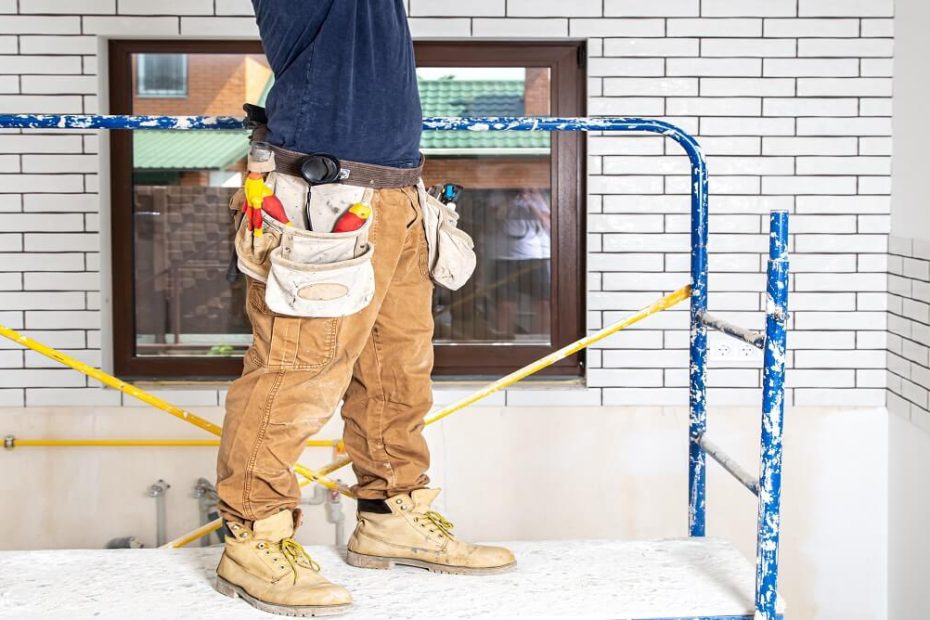When it comes to enhancing our living spaces, home improvement projects are a popular choice. However, it’s crucial to be aware of the potential hazards that can arise during these endeavors. From electrical mishaps to structural concerns and chemical dangers, there are numerous risks to consider.
In this blog, we will explore various hazards associated with home improvement and provide practical guidance on how to address them effectively. By understanding these risks and implementing the appropriate safety measures, you can ensure a safer and more successful home improvement experience. Let’s dive in and make your next project a hazard-free success!
Electrical Hazards
When it comes to home improvement projects, electrical hazards pose a significant risk. Faulty wiring, improper handling of electrical tools, and inadequate safety precautions can lead to electrocution, fires, or other serious accidents. It is crucial to prioritize electrical safety throughout your projects.
Start by familiarizing yourself with the signs of faulty wiring, such as flickering lights, tripped breakers, or outlets that feel warm to the touch. If you suspect any electrical issues, it is best to consult a licensed electrician who can identify and address the problem.
When working with electrical tools and equipment, always follow the manufacturer’s instructions and safety guidelines. Inspect cords for any damage and avoid using tools with frayed or exposed wires. Additionally, never overload outlets or extension cords, as this can lead to overheating and fires.
For complex electrical work, it is highly recommended to hire a professional electrician. They have the expertise and knowledge to handle intricate wiring systems safely and efficiently, reducing the risk of accidents.
Lastly, never underestimate the importance of safety precautions when working with electricity. Always shut off the power to the area you’re working on at the circuit breaker, wear appropriate safety gear like insulated gloves and goggles, and use ground fault circuit interrupters (GFCIs) in areas where water is present.
By being vigilant about electrical hazards and implementing these safety measures, you can significantly reduce the risk of electrical accidents during your home improvement projects. Remember, when in doubt, consult a professional to ensure your electrical work is done safely and up to code.
Fire Hazards
Fire hazards are a serious concern during home improvement projects. With the use of heat sources, open flames, and electrical equipment, the risk of fire can escalate if proper precautions are not taken. It is essential to prioritize fire prevention and preparedness to keep your home and yourself safe.
To minimize fire risks, always follow fire safety guidelines when working with heat sources such as torches, soldering irons, or welding equipment. Keep flammable materials away from open flames and ensure adequate ventilation in the workspace to prevent the accumulation of combustible gases.
Make sure your smoke detectors are functioning correctly and have fresh batteries installed. Test them regularly to ensure they can alert you in case of a fire. Additionally, have readily accessible fire extinguishers in key areas of your home, and familiarize yourself with how to use them properly.
Emergency preparedness is crucial during home improvement projects. Develop an evacuation plan and communicate it to all household members. Identify escape routes, designate meeting points, and keep important emergency contact numbers easily accessible.
Furthermore, always be mindful of the materials you’re working with. Some building materials, such as insulation or old furniture, may contain flammable substances or release toxic fumes when burned. Properly dispose of waste materials and follow local regulations for safe disposal of hazardous materials.
Lastly, keep a fire extinguisher nearby when working with electrical equipment, especially when soldering or using power tools. Have a fire-resistant blanket or fire extinguisher specifically designed for electrical fires within reach.
By taking fire hazards seriously and implementing preventive measures, you can greatly reduce the risk of fire incidents during your home improvement projects. Stay vigilant, be prepared, and prioritize safety at all times.
Remember, in case of a fire emergency, prioritize your safety and evacuate immediately. Contact your local fire department for assistance.
Conclusion
Being aware of common home improvement hazards and taking appropriate measures to treat them is essential for a safe and successful project. Whether it’s electrical hazards, structural concerns, chemical risks, falling dangers, or fire hazards, prioritize safety at every step. Your well-being is worth the extra effort. Happy and safe home improvement!
